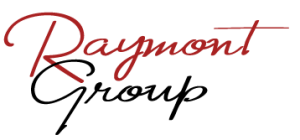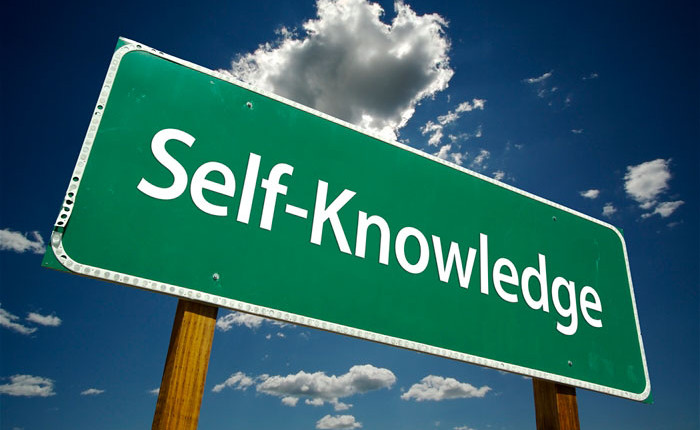Empower Your Change Leadership
‘EMPOWER YOUR CHANGE LEADERSHIP’
“Change is disturbing when it is done to us, exhilarating when it is done by us” – Rosabeth Moss Kanter. The truth is that we can never avoid change and uncertainty. What we can do is understand some life-altering constructs that can forever empower us and our change leadership – because our impact as change leaders is staggering.
- “People take their lead and make their decision about change based on leader’s tone, conversations and behavior”.
- “The degree of acceptance or resistance stems from the transition group’s perspective”.
- Two sobering truths:
So it’s critical we, as individual leaders and certainly as a leadership team, have our own heads on straight and we’re in a position to effectively lead the rest of the organization through the natural and inevitable shock and resistance, while also making the numbers. There’s a fascinating distinction between change and transition – change is situational, it’s external, factual – like a new CEO, new location, new strategy, and new roles. Transition is the space between ending what was and beginning what will be – it’s where it all happens – it’s what people move through. So, change management is really transition management.
When I learned these next 4 constructs my world was upended – my ability to discern what I was seeing and hearing shifting dramatically, as did my effectiveness. I became a diagnostic leader and changed how I related to others and myself. They helped me move others from being stuck into action, and I knew why and what to do.
1. It’s the Perceived Losses People React to, Not the Change
These are 4 classic categories of losses that people experience – This is what it sounds like . . .,
Identity –
- “Who am I now that my position has changed? I used to have access to the CEO”
- “How will I be perceived by others? I was the go-to person for big situations”
Control –
- “Will I lose control over my resources/people/decisions? I used to have a large span of control”
- “Will I still be part of this important group and be able to influence decisions? I was a key influencer”
Belonging –
- “Will I fit in and how will new teams work? This felt like a club before”
Meaning –
- “Gosh, I’m back to square one, just when I thought I had it figured out”
These concerns and more are going on in people’s minds. Knowing these perceived losses, and the fact that these feelings can spur people to either action or paralysis, gives insight into empathy, your humanity, your responses and ability to connect with others as a leader of change.
2. People Experience Change Through a Predictable Series of Phases
Change is a process, not a program, and these 4 phases are natural, to be expected and happen in any change, regardless of the magnitude. It might take you 10 minutes, 10 hours, or 10 years, but everyone goes through these phases and skipping phases only creates the illusion of speed and never produces satisfying results.
Denial/Shock – (everything as usual attitude)
- “Oh my, this isn’t happening”, “They don’t really mean it”
Resistance – (where a lot of change efforts stall out and stay stuck)
- “It’ll never work”, complaining, anger, doubting, withdrawal, holding on to old familiar ways, stubbornness
Consideration – (getting people involved is key here)
- “What’s in it for me”, some chaos, exploring alternatives/new possibilities, clarifying and learning new skills.
Commitment – (there’s focus, teamwork, cooperation)
- “I’ll do whatever it takes”, “I’m on board “
Managers often want employees to ‘jump’ from Denial to Commitment – it just won’t happen. People need to work through the processes by getting information and support from leadership
3. Not All Resistance to Change is Equal and ‘No’ Doesn’t Mean ‘I Won’t’
Possibly the most important pitfall to any change process is not understanding resistance to change. By listening carefully, you can work with resistance rather than against it. This construct is useful in so many situations. 3 distinctions are important and amazingly powerful at honing your diagnostic skills. What’s tricky here is that people rarely raise their hand and articulate any of these distinctions, it just looks like abject resistance. Satisfaction at each level reduces resistance at the next level. It may be a matter of:
Not Knowing/Understanding –
- knowledge and information are what people need first. The what, why, how, when, who of things. When we respond to a person’s need to know, they become more open to learning new skills and abilities
Not Able –
- the need for new skills, training, education, software and equipment have a profound impact on the willingness to undertake new activities/change. Vulnerability to admit this is too scary.
Not Willing –
- so knowledge and ability build the confidence to be willing – to set goals, meet objectives and so on.
Understanding this keeps me from meeting resistance with push back. Instead I listen for what isn’t spoken, I’m able to anticipate what is necessary instead of wanting to steam roll over folks.
4. Information is the Currency of Successful Change
The amount of information exchange necessary between individuals and within the organization during change really drives home the need to have a very clear communications strategy. When you and the organization know as much as other stakeholders it’s ideal. Problems arise in two situations:
‘Façade’
- This is where the initiator of change/organization knows more than others OR withholds/hides important information. It puts others at a disadvantage leading to dislike, distrust and even acting out against the change process. When people think you’re withholding information, it creates a credibility gap and erodes trust. The withholding may not even be intentional, but causes the same damage.
‘Blind spot’
- This is when ‘others know more of what’s going on’ than the initiator of change. It’s created when the initiator of a change process/the organization is unaware/clueless of what others (in the organization) are thinking, feeling and doing in relation to the change. They don’t understand the reactions of others because they don’t know what’s causing the reactions. It’s a real handicap for the initiator. The organization/initiator of change looks and is ineffective, even looks like they don’t care. Others think you don’t have a grasp on things and don’t take things seriously – change can come to a screeching halt or die a slow death.
As a change leader, these constructs shift perspectives, inform and empower in amazing and immediate ways. I invite you to put them into action and watch the impact you’ll have. Check out the website, and see how you can learn more and integrate it into your leadership.
Next month I look forward to sharing the A. of the L.E.A.D.E.R.S.H.I.P. series – ‘Action’
~ Victoria Raymont
By way of acknowledgement, The Human Side of Change and Changing the Essence provided some of the context and framework for these constructs.





Comments are closed.